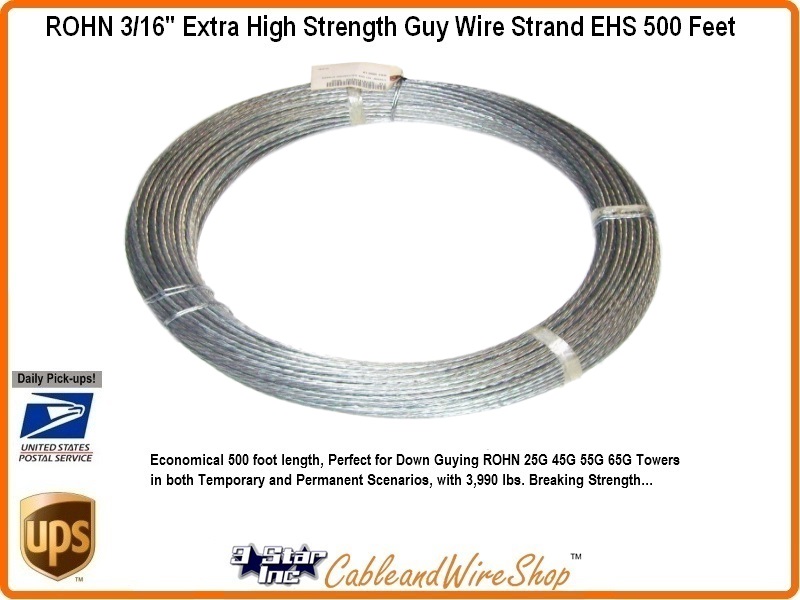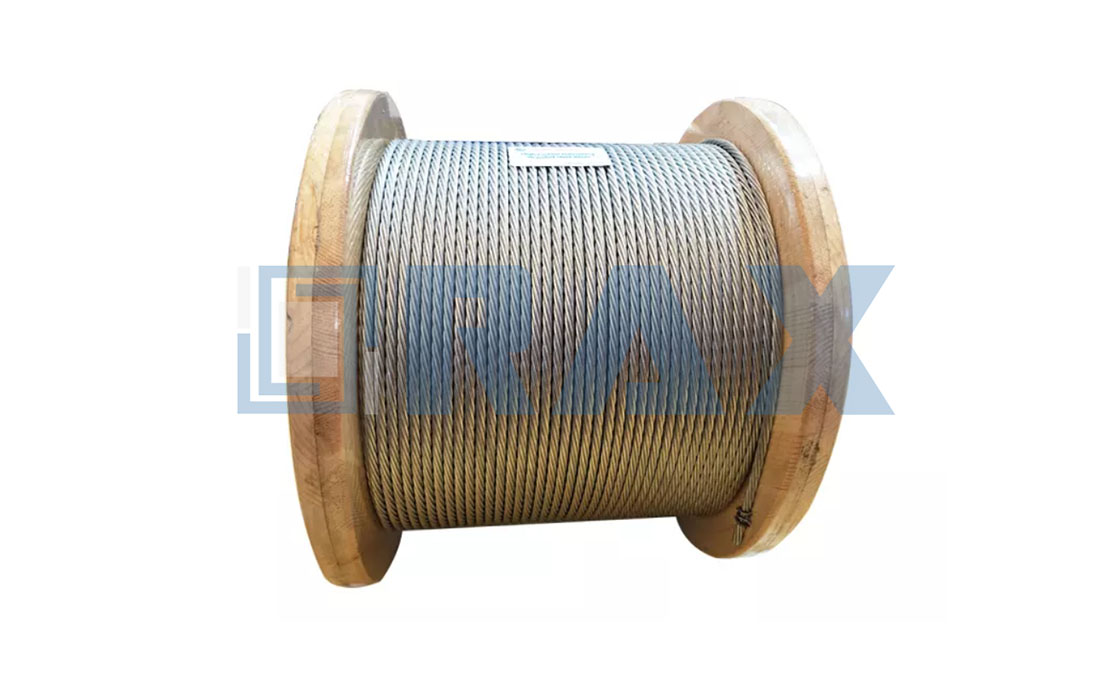
There are also some hardware pieces that are specifically designed for guy wires, such as pole bands. These hardware pieces are designed to create a secure loop so the guy wire can be attached to a hook or shackle. Guy wires share many industrial hardwire pieces with industrial wire ropes, such as bolts, thimbles, and clamps. Grouted anchors: These are used to secure the anchor into hard soil or rock and held in place with liquid grout for added securement.When tension is added to the rod as the guy wire is attached, the blades expand to hold the rod in place. Expanding anchors: A rod with pivoting blades that is pushed deep into the ground.Screw anchors: A long rode with screw blades that are drilled deep into the ground.Dead man anchors: Large holes filled with dirt or concrete with a rod inserted into the center as the point of securement.The most common types of anchors used are: Anchors are pieces that will be secured into the ground or to a permanent structure, such as another building. Since most guy wires are used for permanent or semi-permanent securement, there are several pieces of additional hardware required for their attachment. Guy wires are often called “tag lines” when used with a crane and are designed to prevent loads from rotating or swaying. You may also see a guy wire used as part of a rigging or overhead lifting apparatus. These towers can be up to 2,000 feet high and require incredible stability to keep the structure erect. These wires are also attached to telecommunication antenna towers. For instance, guy wires are used by firefighters to support extension ladders. Guy wires are incredibly versatile and are used to provide added security in all types of applications. This is known as “standing rigging” and lateral guy wires are used on the starboard and port sides to keep the mast straight and firm, despite the friction from the incredibly strong winds catching in the sails. The guy wire is also used widely on sailing boats and yachts to securely hold the masts. These wires need to be extremely durable and strong to withstand not only the weight of the poles and wires themselves but also external elements like strong winds. They are a common fixture on electric and telephone poles and are used to secure the tall poles to the ground below. We see guy wires nearly every day without even realizing it. 1×7 wires are smaller in diameter and have lower breaking strength ratings than 1×19. This means that each strand contains either 7 or 19 wires with one central core. There are two main types of stranding for guy wires: 1×7 and 1×19. This galvanized finish helps to diminish rusting that can occur from contact with moisture. Since guy wires are often used on free-standing structures or ships, the wires will be exposed to water frequently. This protects the steel from corroding if exposed to moisture. Galvanization involves coating the wire in molten zinc, creating a thin protective layer over the steel.

This applies to zinc-coated steel wires, which means that guy wires are typically galvanized for added protection from corrosion and wear. Guy wires are made from high-strength grade steel that is based on the ASTM A475 Standard Specification.

If you use industrial wire rope for construction or to add stability to free-standing structures, you could benefit from switching to a guy wire. Many wire rope suppliers also sell guy wires as part of their product line. While guy wires are widely used today for telecommunication towers and marine structures, there are countless more uses for this type of equipment. There are other names and terms which can be used interchangeably for guy wires, including:

Dutch sailors called this a “gei”, which is where the modern name comes from now. The reason behind the name dates back to its first original use, which was attaching sails to a mast on ships. These are far stiffer than other types of wire ropes or cable though, as their primary purpose is added security. Guy wires are essentially tensioned cables, similar to industrial wire rope or cable, that are used to add stability to free-standing structures. But what you may not know is that nearly all of these towers rely on guy wires – so, what is a guy wire and what does its name mean? There are approximately 417,000 cellphone towers across the United States that support networks allowing us to send texts, go online, and talk to others instantly. Every day we use our phones without giving much thought to the infrastructure that allows us to use these devices wirelessly.


 0 kommentar(er)
0 kommentar(er)
